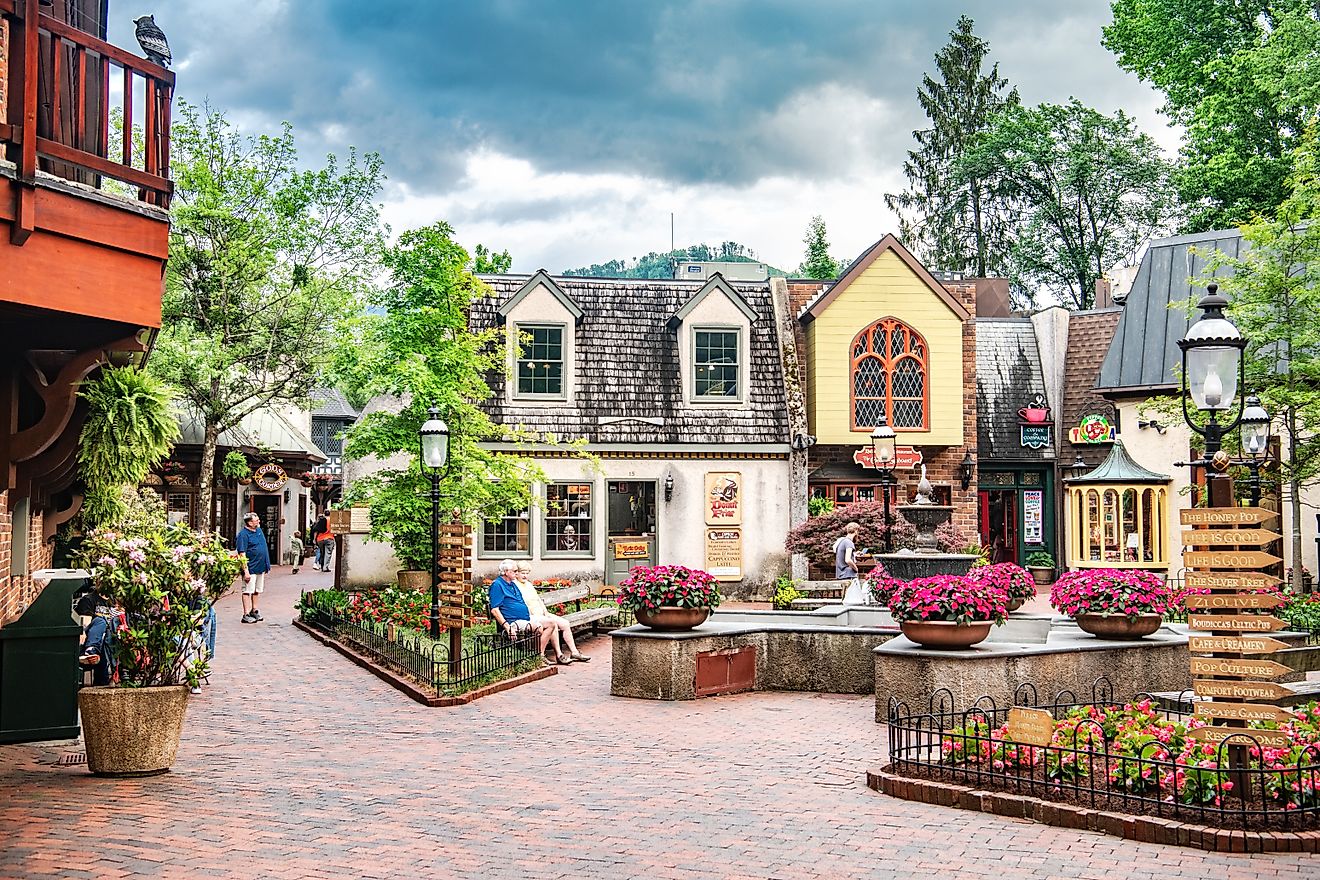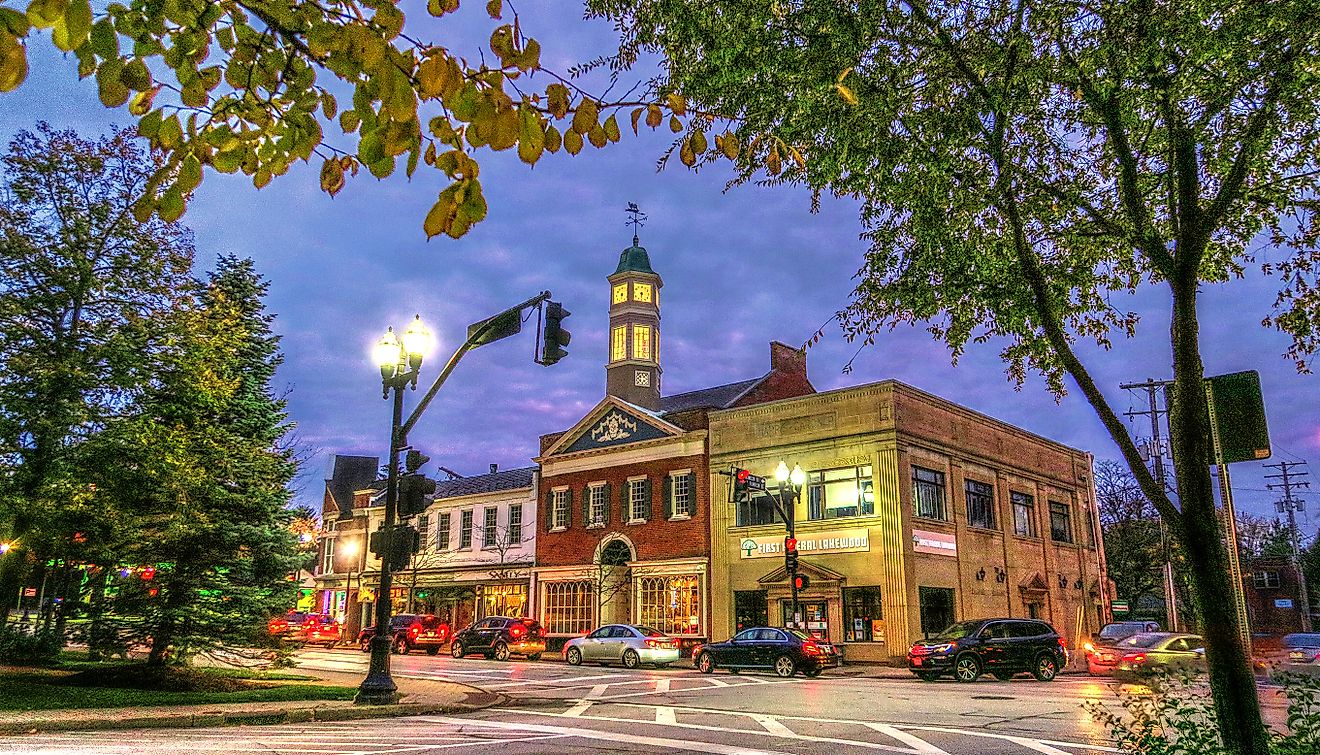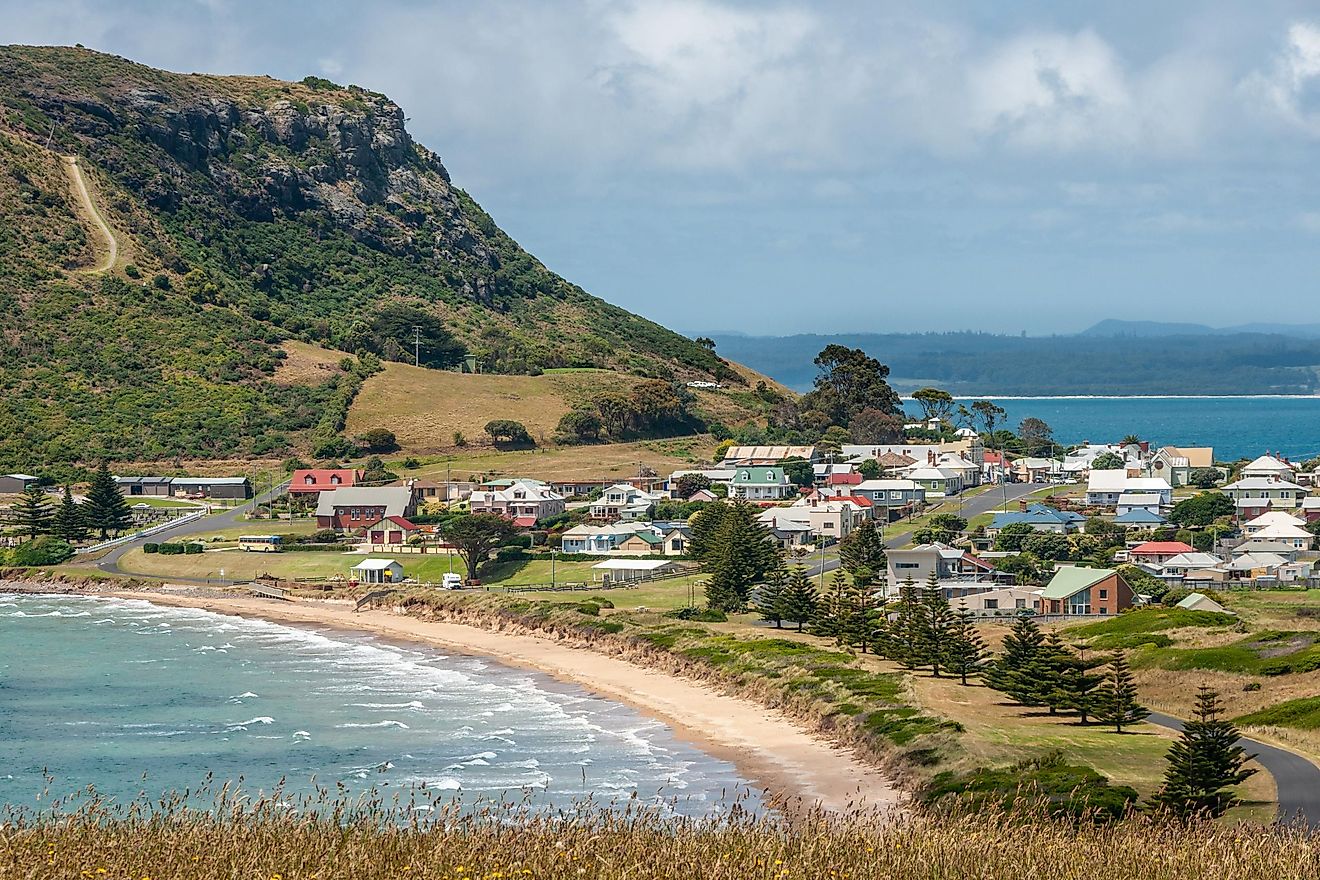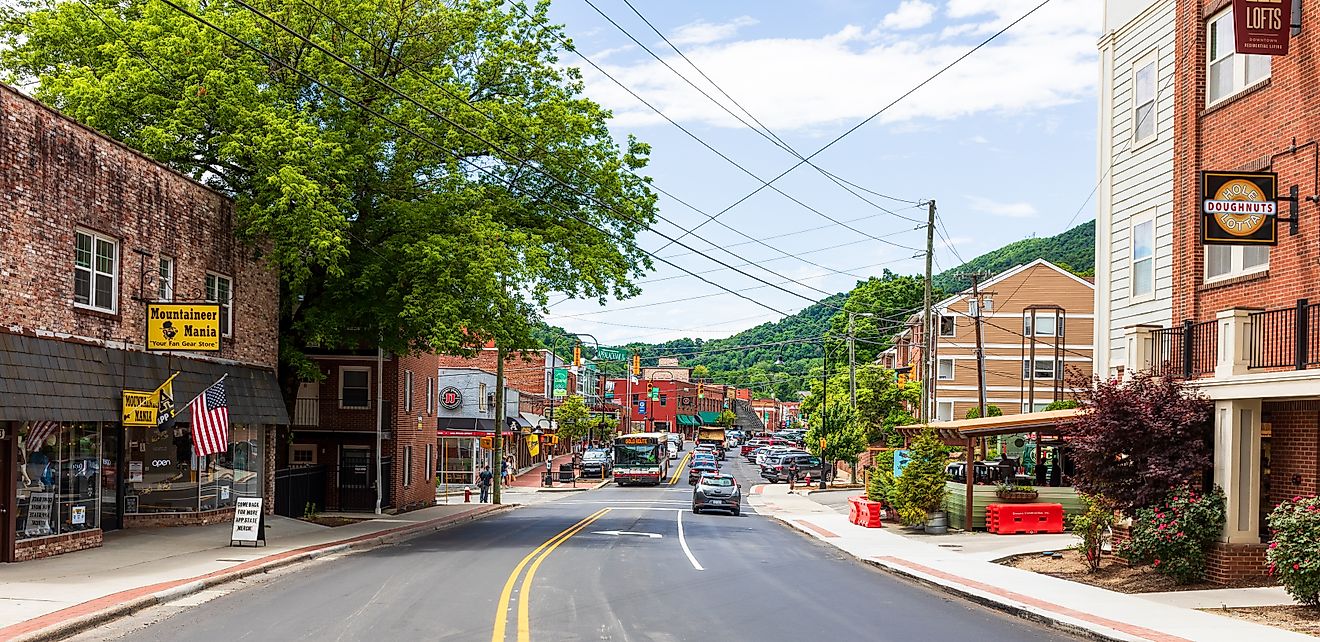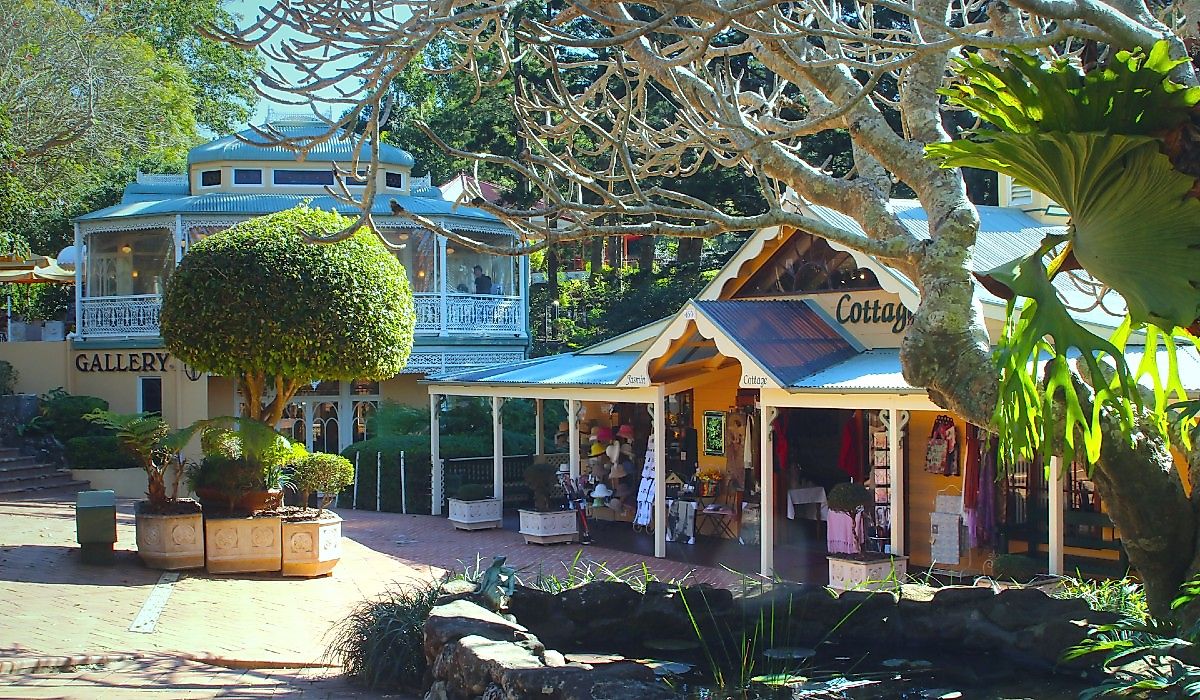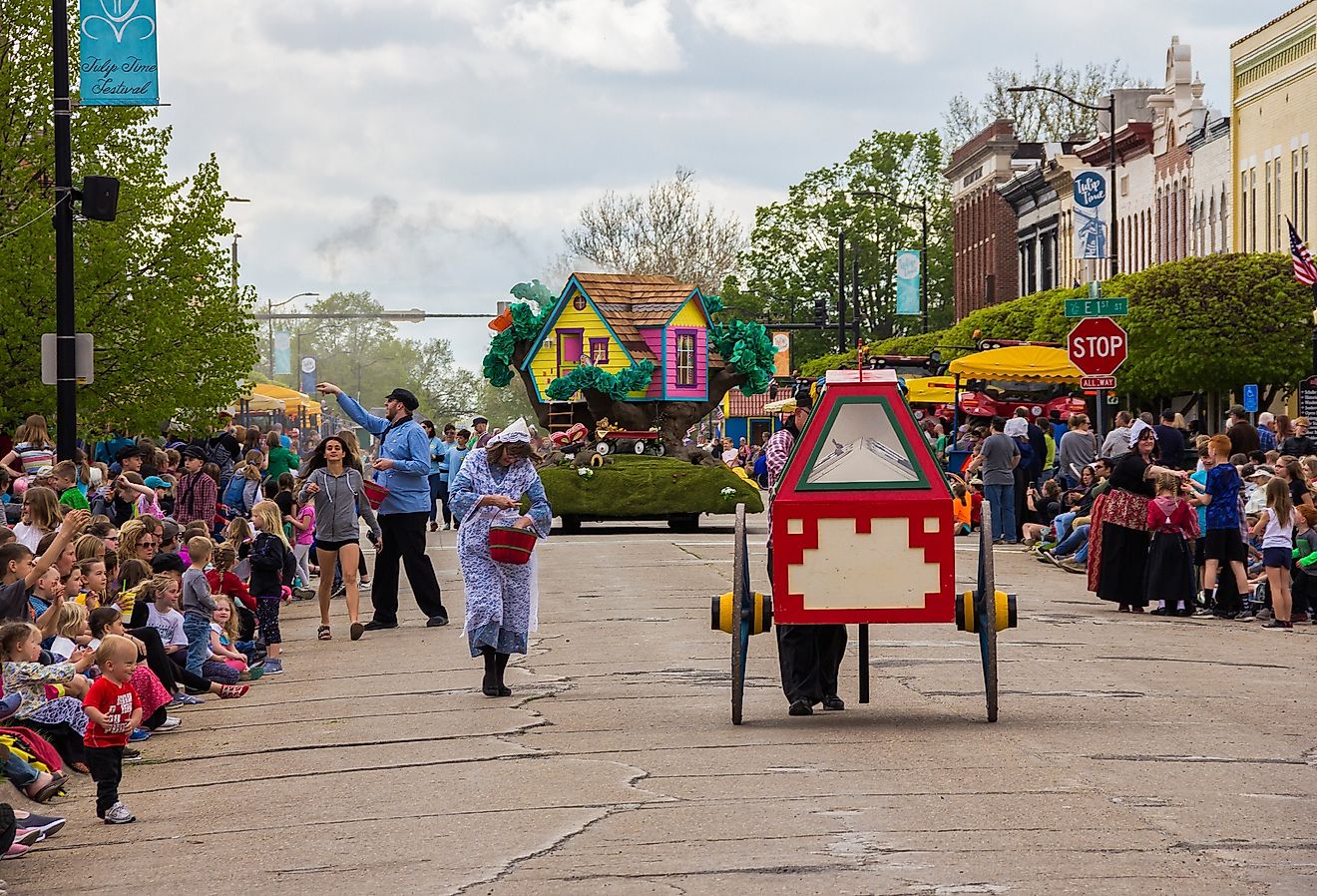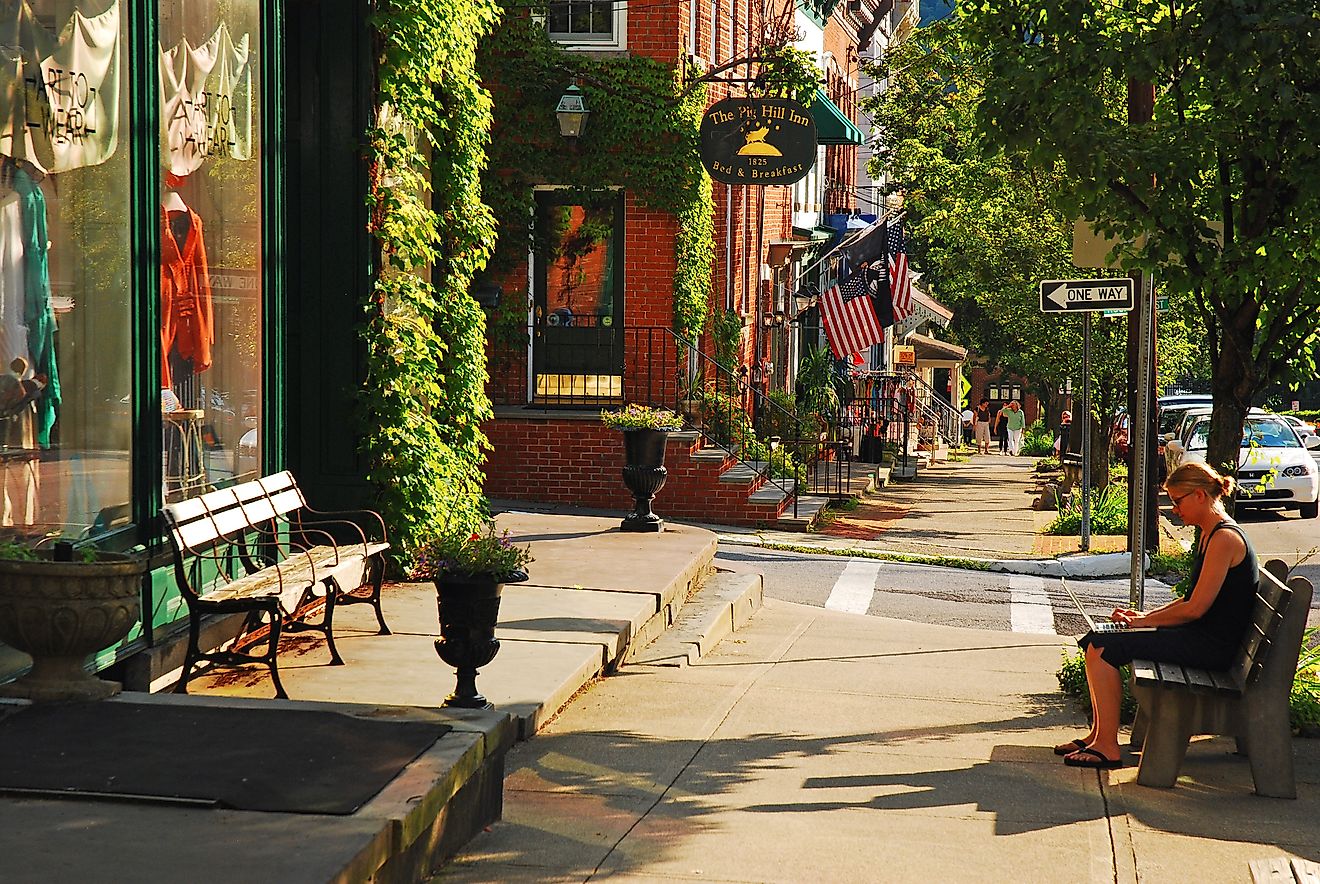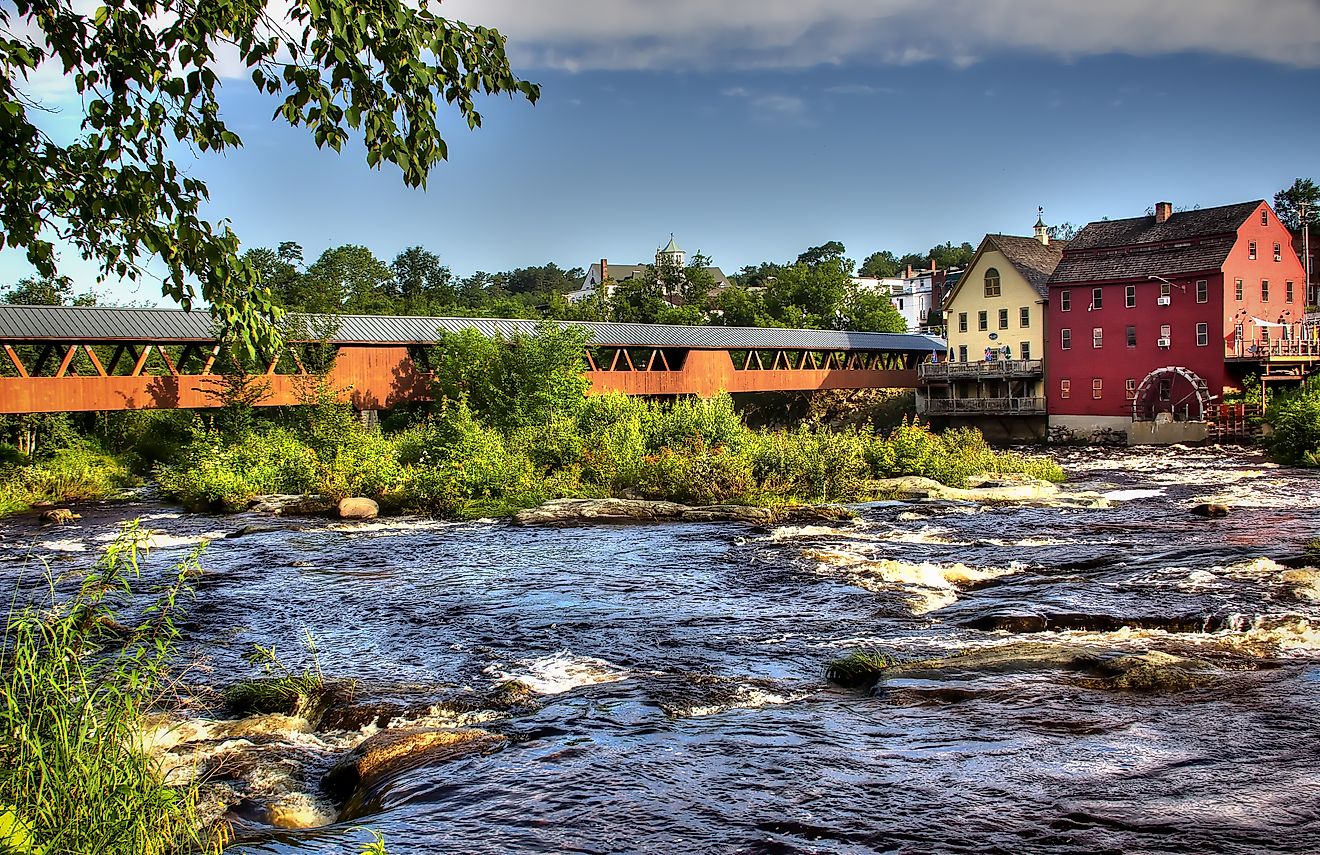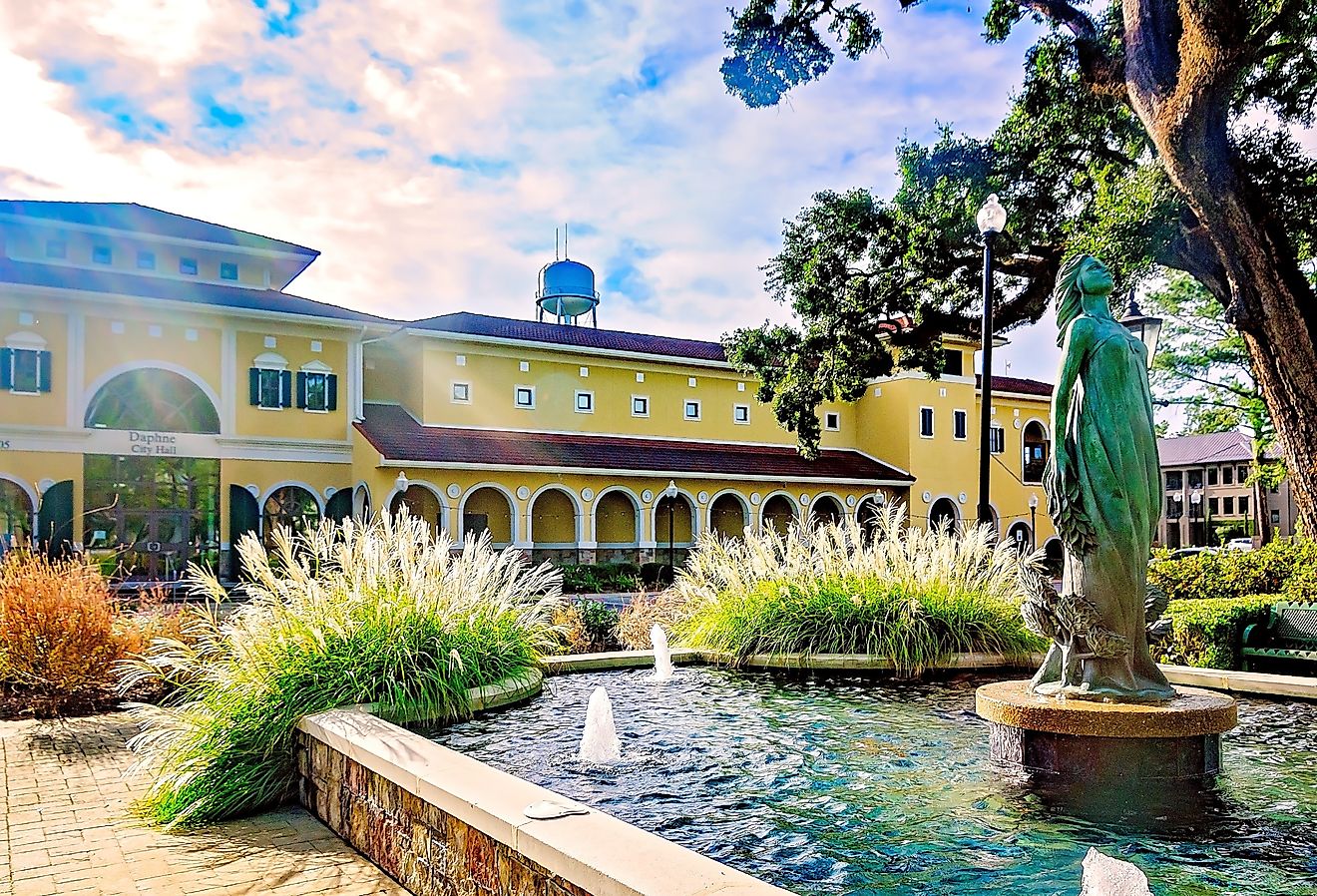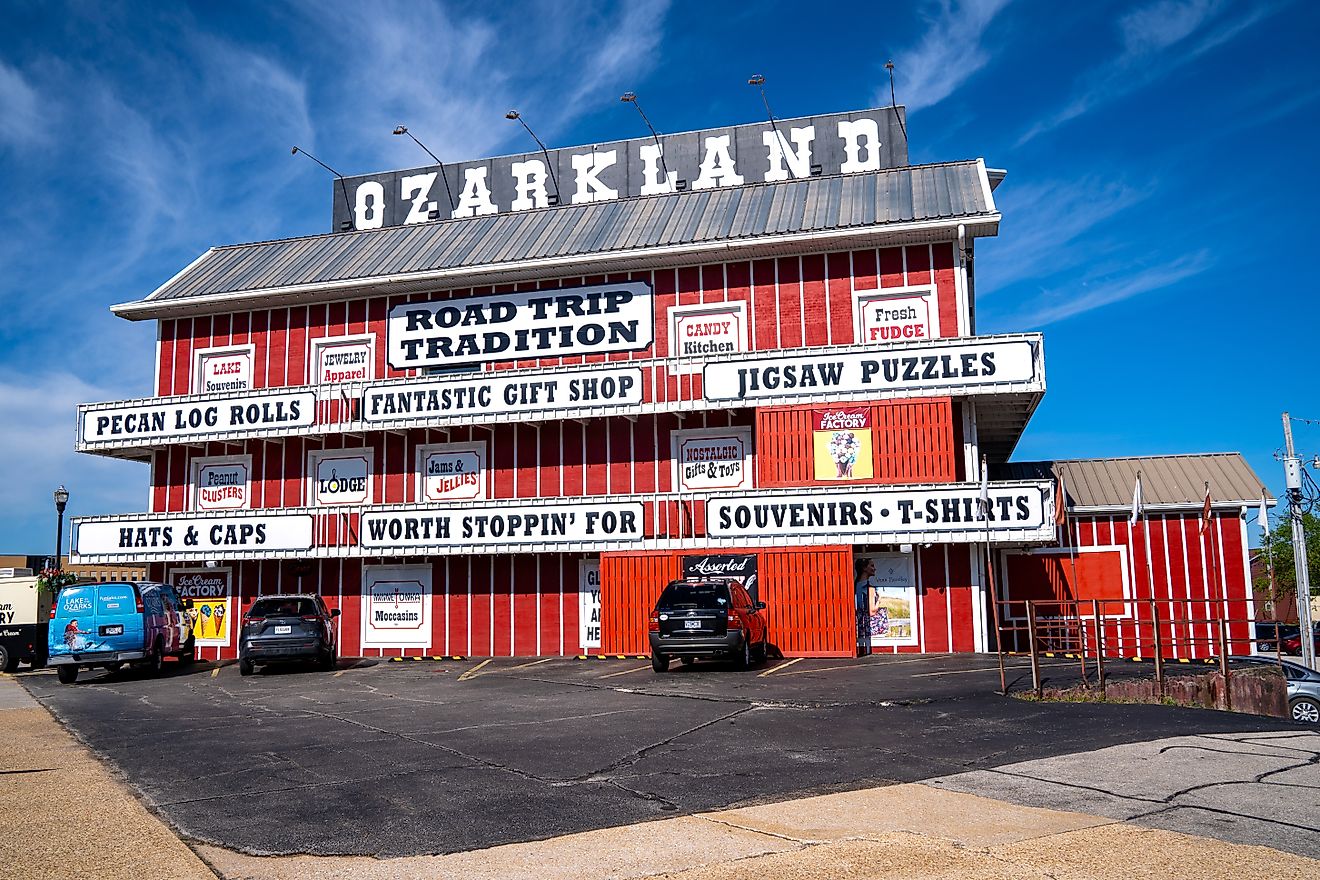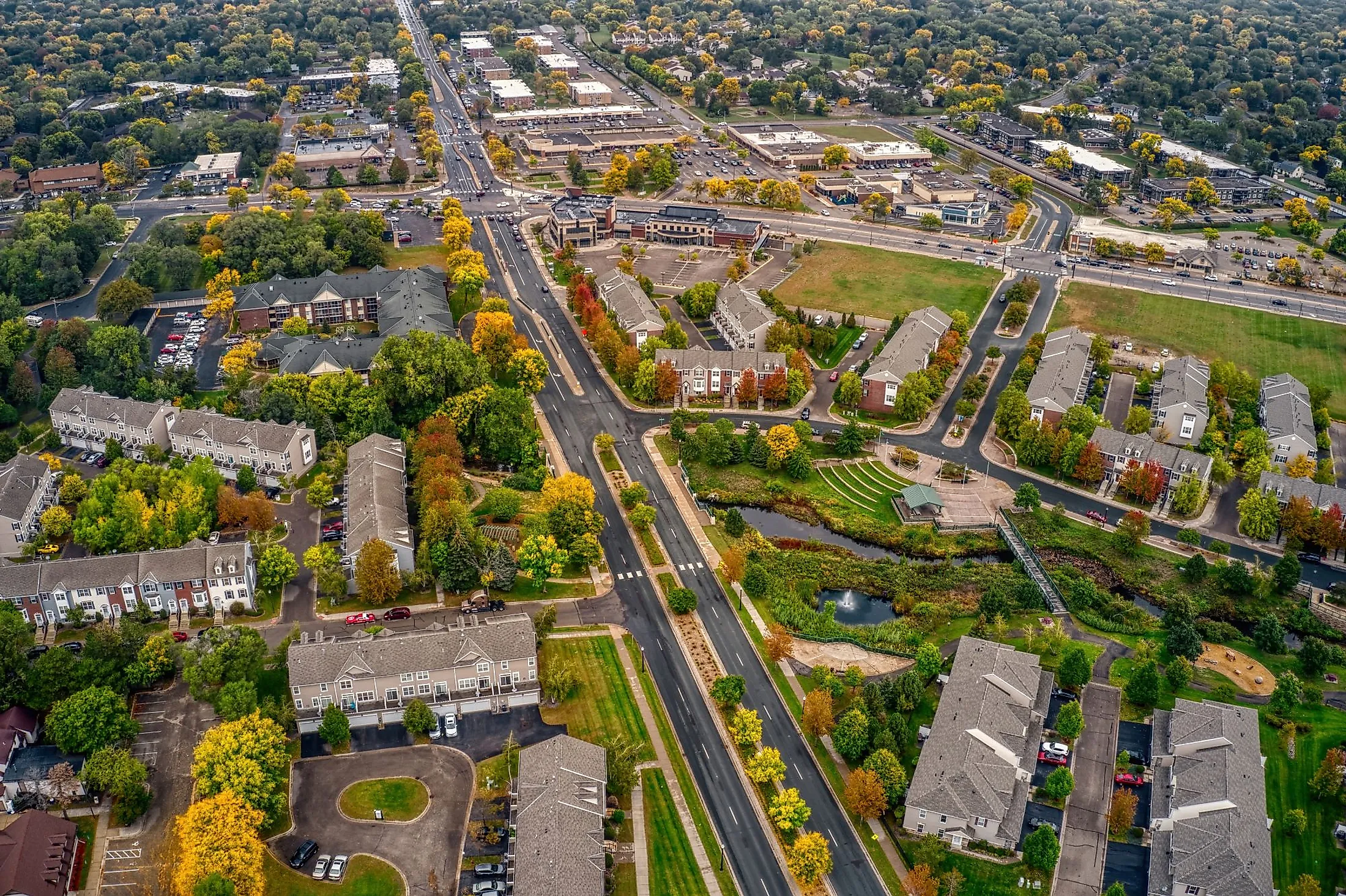
Brooklyn Park, Minnesota
Brooklyn Park is a suburban city situated in the US State of Minnesota that is ranked as the state's sixth-largest city. The city is located around Minneapolis in northern Hennepin County and is the northwestern suburb of the Twin Cities metropolitan area. Brooklyn Park stretches over 68.76 sq. km and is listed as a "Tree City USA" since it hosts 76km of trails and 67 parks, including Rush Creek Regional Trail and the northern segment of Palmer Lake Park. The city is also famous for the West Coon Rapids Dam, located on the Mississippi River's western side.
Geography And Climate Of Brooklyn Park
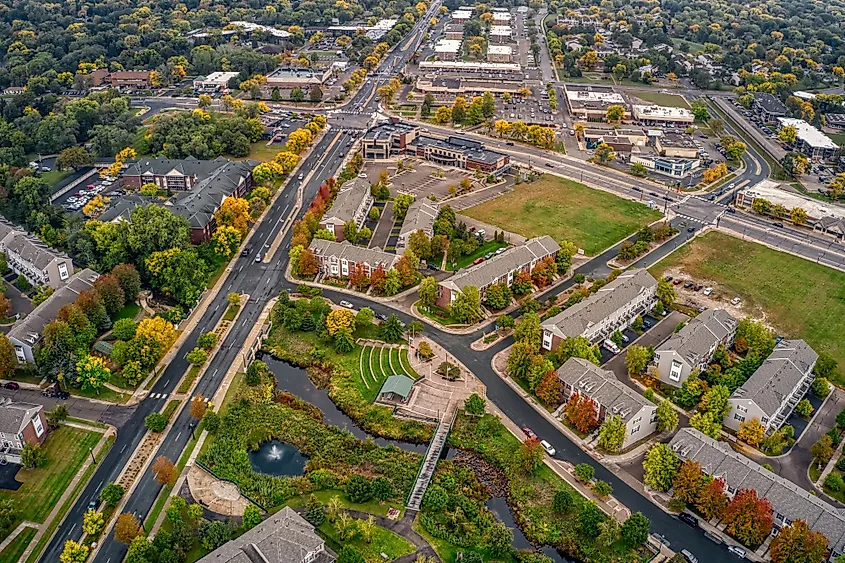
The city is located 10 miles northwest of downtown Minneapolis and spreads over a total area of 68.76 sq. km, where 67.54 sq. km are land, and the rest area of 1.22 sq. km is covered with water. The city is encompassed from the south by Brooklyn Center, Crystal, and New Hope, and adjacent from the north to Champlin, from the west by Maple Grove and Osseo, and bounded by the Mississippi River from the east. The city hosts more than 60 parks, stretching over 1,377 acres of parkland, with Brookdale Park being the largest in the city.
The climate in Brooklyn Park is humid continental, with warm and wet summers, and snowy, windy winters, with partly cloudy conditions around the year. Temperatures regularly fluctuate between -13 °C and 28 °C and are barely below -24 °C or above 33 °C. For tourists, the best time to enjoy Brooklyn Park’s warm-weather activities is between June and September.
Brief History Of Brooklyn Park
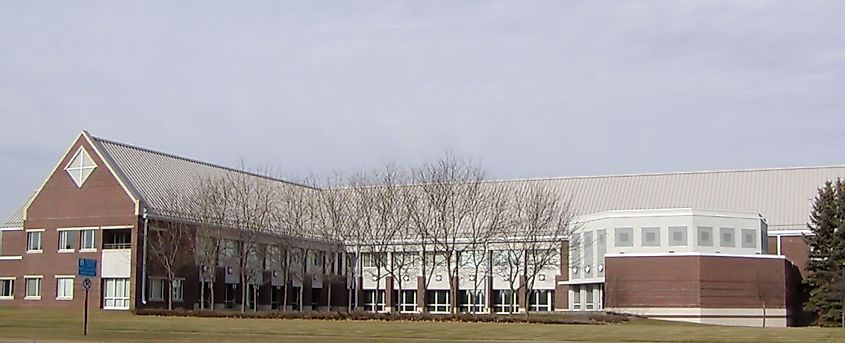
The area was initially inhabited by the Ojibwe before becoming a part of the Missouri Territory by a treaty agreement with the Dakota people in the 19th century. The early innovators began settling the territory in 1852, after opening the area to settlers by the federal government when a regional assembly approved a law that organized Hennepin County, and Brooklyn was incorporated as a town in that year. Later, between 1853 and 1854, Brooklyn was named by settlers from Michigan as “Brooklyn Township,” referring to their home territory of Brooklyn, Michigan. Brooklyn Township was originally larger in area than the current Brooklyn Park and Brooklyn Center today due to the cut-off of two tiers of sections in the south, forming the towns of Brooklyn Center and Crystal Lake, and the rest of the land was known as Brooklyn Township and eventually, Brooklyn Park which was incorporated as a city in 1954.
The Population And Economy Of Brooklyn Park
As per the latest US Census, Brooklyn Park has a population of 79,984 residents. Almost 76.97% of those residents were born in the United States, in which 56.60% of them had been born in Minnesota. However, 8.37% of residents are not US citizens, with the largest amount of them originating from Africa.
The economy of Brooklyn Park relies on manufacturing, healthcare, and social assistance services as the biggest sectors of recruitment in the city. Followed by finance and insurance services, accommodation and food services, and education. The city enjoys strategic access to the Twin Cities metropolitan area and provides commercial and manufacturing space, which all contribute to Brooklyn Park’s opportunities and benefits.
Top Attractions Of Brooklyn Park
Historic Eidem Farm
Historic Eidem Farm covers a 19-acre living history farm, displaying the story of market farming in the city during the 1905-1920 era. Brooklyn Park historical farm peaks into the lives of settlers during the early days and hosts a list of facilities that includes a farmhouse, a barn, farm animals, and a windmill, in addition to historic farm equipment and other items of interest, where visitors can experience the farm activities through programs, events, tours, and rental opportunities offered seasonally.
Moreover, the city hosts a vast park system that offers 60 parks, covering more than 2,000 acres of parkland and natural areas and more than 400 facilities like playgrounds, arenas, golf courses, and trails throughout. Besides, the city offers easy access to other cities in Minnesota and the Mississippi River, serving as a home base for visiting many attractions within the metropolitan area.
Furthermore, the city is frequently celebrated through a series of public events throughout the year for the sake of keeping old traditions alive while forming chances to celebrate Brooklyn Park’s current rich cultural diversity, which offers residents and visitors an urban-suburban mix feel, with many families and young professionals living in Brooklyn Park and residents that tend to lean liberal.
